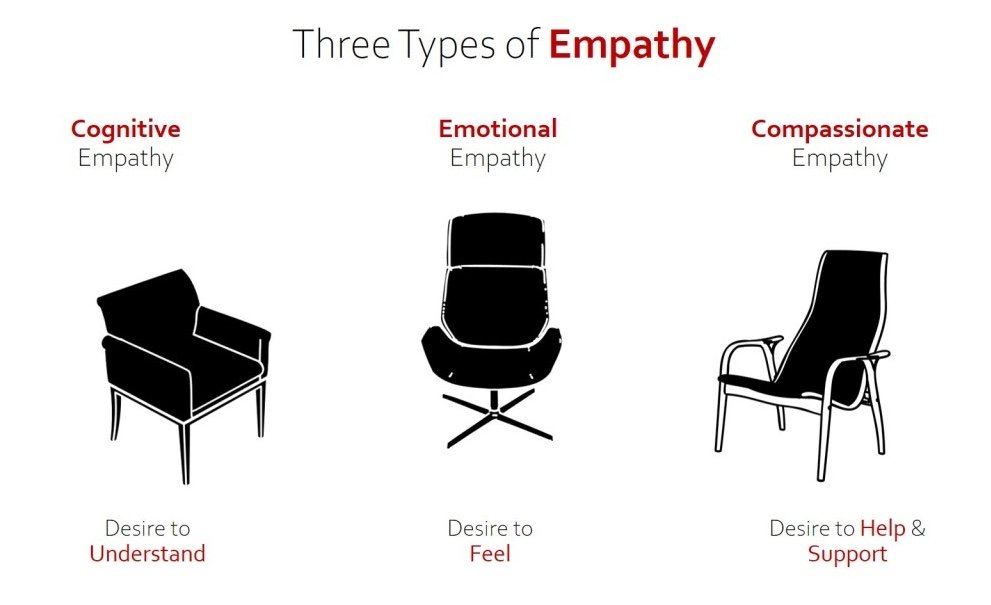As human beings we have learned to associate certain feelings to certain situations. As sales professionals we have to discover the buyer’s beliefs and values, and then associate not buying with missing out on something. I’m not advocating that you become a salesperson who is pushy, one who doesn’t really care and tries to manipulate buyers. I’m trying to clarify that buying equals pleasure and not buying equals’ pain.
Persuasion is the process of getting your customer to clearly associate their desired feelings or stakes to your products and services. In other words, if we want someone to buy our products and services, we have to get them to link their feelings towards what they want most, and we have to make it compelling and very real for them. And we have to associate not buying with pain - “I’m going to miss out on this opportunity!” - leaving them with the feeling that someone else is going to have something that they don’t have.
Think of something that you recently purchased and be honest, was it something you really needed or was it something you wanted, and then you began to justify it as a need? Here’s another scenario: When was the last time you really wanted something, but you didn’t follow through with the purchase? You had an emotional reason to buy, but you could not justify it logically. Would you like to learn how to give buyers enough reasons to buy? I mean their reasons and not yours. Contact me via e-mail for workshops and sales training.











